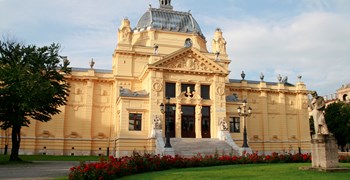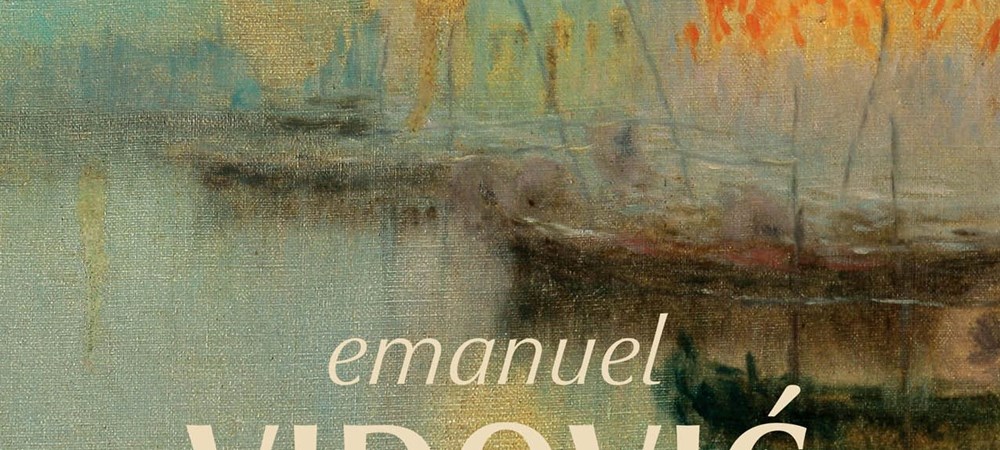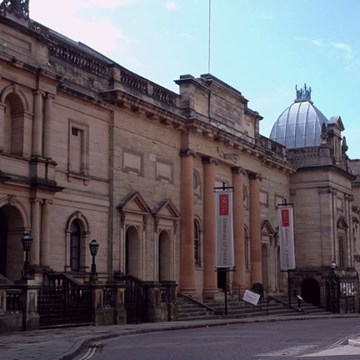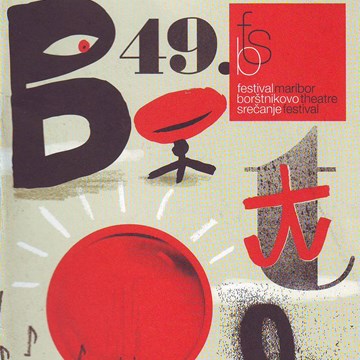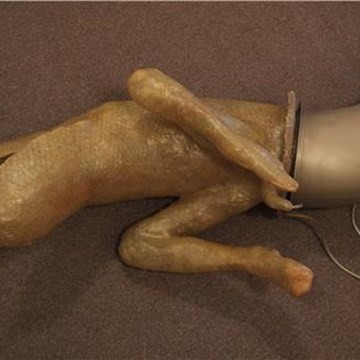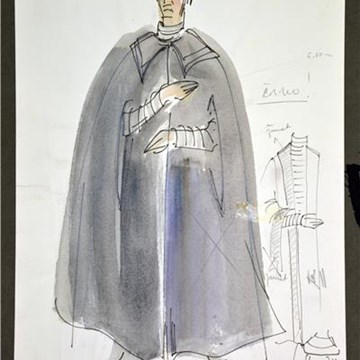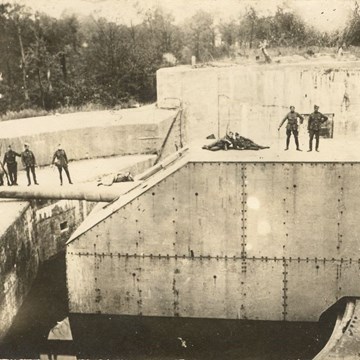Emanuel Vidović (1870 - 1953)
Emanuel Vidović was born in Split, December 1870, and died in Split, June 1, 1953. He was the first child born to the Split family of Ivan Vidović and his wife Paškva, née Grubić, of Solin. After the death of his father, even with guardians, he found it hard to make his way through life. In Split he completed grade school (in 1881) and started to attend the Real High School. In 1885 he had to re-sit maths. It was then that the 15-year-old determined to quit school and asked his high school teacher, the architect Emil Vecchietti, for private tuition in drawing and Italian. But the tutor soon saw he needed a better informed instructor, and headed him in the direction of Venice. In spite of resistance from his family, the youngster set out on his first journey and enrolled, after an entrance exam, in his seventeenth year, in the sculpture department of the Accademia di Belle Arti. He soon switched to painting, combining work in the school with work in nature, and after the set curriculum was over, after the sixth term, he left the Academy, in line with the habits of the time. He worked alone and with some known Venetian masters; he got to know many personally, making appearances at important exhibitions in Milan (1894, 1895). And it was Milan, in which he lived from 1892 to 1894, that greatly expanded his literary, historical and musical culture. From Milan, following his older fellows, he discovered picturesque Chioggia (1894), in which he was to paint countless motifs and would find his loyal, lifelong partner, Amalia née Baffo (1874-1963). But all of this time, Vidović kept up close connections with his homeland. In 1985 he was active in the work of the Croatian Studying Youth; in 1898, he organised his first studio in Split. His exhibition with Josip Lalić in Split, in 1901, marks the birth of modern Croatian art in Dalmatia. In the meantime he exhibited with Croatian artists in Europe, and at the Venice biennales got to know his European contemporaries, and had his own first reviews, from Dr I. Tartaglia, Dr A. Tresić Pavičić, M. Begović and, above all, A. G.Matoš. He made friends with S. S. Kranjčević. In 1908 he took part in the First Dalmatian Art Exhibition, in the newly built Croatian Home, an exhibition that was something of a sensation for its works and the reverberations it set off. In the same year, 1908, he was a founder member of the Medulić Croatian Art Society and exhibited at its shows up to its demise in 1919. In these years, he was working in Chioggia and Split, although in Split he set up a flat, a second studio, and housed his family. With his friends he launched a comic paper called Duje Balavac (1908), in which he published many successful portrait caricatures. Year by year his family grew until, at the end, his modest teacher’s salary and the occasional sales of pictures were having to support him and his wife and their nine children.
If we sum up his development, over the more than sixty years of his work, we can recognise him as a plein-air Verist, an Impressionist, a Symbolist, a Minimalist, an anticipatory Expressionist and finally a post-Impressionist and Intimist master.
His painterly nests were in Split, Venice, Chioggia and Trogir. It was there that he picked his motifs, found lasting sources of inspiration.
He exhibited at many important exhibitions at home and abroad, had his own solo shows, and achieved some recognition, mostly belated.
But in the meantime a new circle of writers about art and critics developed, raising his art high in the scale of value (J. Miše, V. Kušan, I. Šrepel, A. Padovan, G. Gamulin, C. Fisković, D. Kečkemet, J. Vrančić, M. Bašićević and others ) and yet he was long dogged by hints of scepticism (sown by the otherwise well-deserving Ljubo Babić). When everything is summed up, it can be seen that he was an undisputed leader of Croatian painterly Modernism (from the circle of originally modern painters, not proselytes), in the early dates of his adoption of Impressionism, Symbolism and monochrome-bichrome Minimalism, as well as a consummate painter in the period between the wars.
From the 1970s, he began to be systematically re-evaluated, a process to which the new critics contributed much (Ž. Čorak, Z. Rus, T. Maroević, Z. Maković and others) and which has continued down to our own days.
Igor Zidić
Exhibitions and events
We don't have anything to show you here.
Activities from this museum
We don't have anything to show you here.
